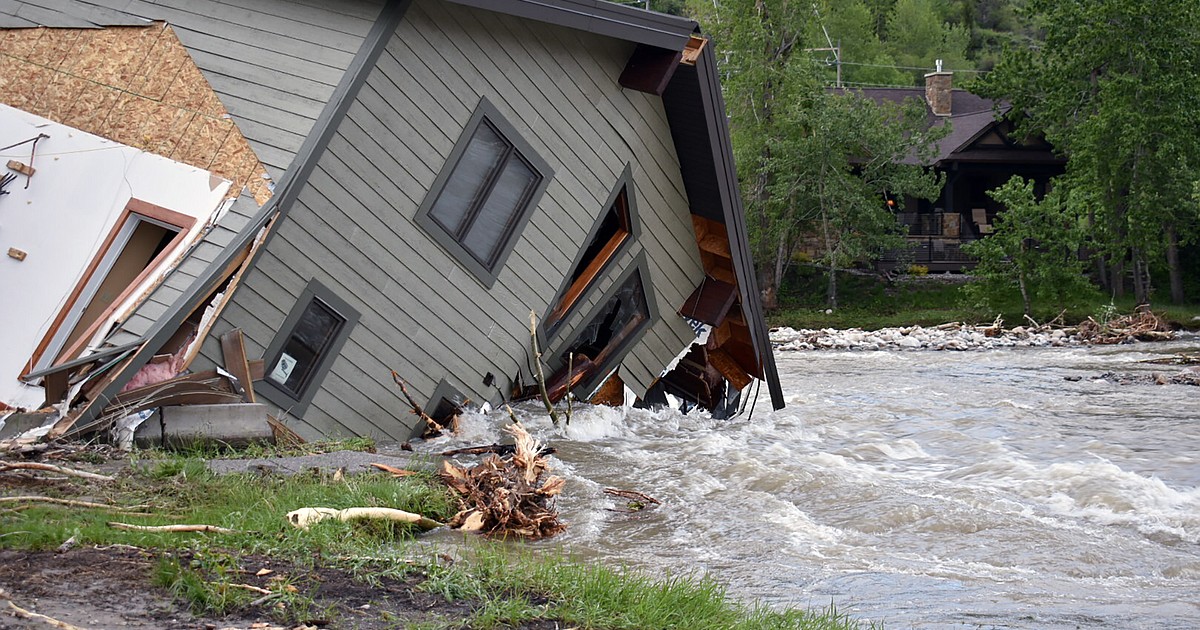Life in Montana takes energy.
Companies and individuals across the state have worked tirelessly over the years to ensure Montanans have the power to go about their lives in the way they want. It is part of what makes Montana the Last Best Place.
However, the Biden-Harris administration’s new EPA mandate threatens that freedom. Under the EPA’s final rule, two-thirds of vehicles sold by U.S. automakers need to be battery-powered or plug-in hybrid by 2032. Fundamentally — Montanans, and the rest of the United States, will eventually be forced to purchase an electric vehicle (EV) for their family car — no matter how expensive it is.
If Montana is to preserve a huge part of its residents’ way of life and prevent the stretching of some communities’ shallow pockets, we need all our policymakers in DC to step up to the plate and oppose this electric vehicle mandate.
People are also reading…
As Executive Director of the Montana Petroleum Association, I have seen firsthand how hard our member companies work to provide reliable energy sources to the people of Montana. If the EPA’s mandate takes root, our member companies’ workers will suffer, as oil and gas jobs become fewer and further between.
It will also drastically increase consumer costs as a result of the mandated shifts to expensive and inefficient EV’s, which at this point simply do not support the hauling and long-distance needs of members of the oil and gas industry, or everyday Montana consumers.
Our member companies are actively addressing sustainability and climate issues, recognizing the importance of reducing greenhouse gas emissions, and operating with the aim of providing Montanans with critical resources while respecting the importance of our environment — but the bottom line is that Montanans — and Americans — still rely heavily on gas- and diesel-powered vehicles, and shouldn’t be expected to scrimp in other essential areas, like groceries, just to eventually be able to afford an EV.
Kelley Blue Book reports that according to data from Cox Automotive, “the average transaction price for electric cars was $53,469 in July 2023, vs. gas-powered vehicles at $48,334.” The exponentially higher cost of an EV in addition to Montana’s rising cost of living is not insignificant. Car insurance for EVs is also costlier than gas powered vehicles, “on average, insurance for an electric car is $44 per month more expensive.” How can the government implement policies that impact Americans’ job availability and then double down by providing essentially one, expensive option for a cornerstone of their daily lives?
In addition to the financial strain this forced electric transition will have on consumers, it also heightens serious, existing concerns for Montana’s electric grid. Electrification of Montana vehicles will cause an inevitable increase in demand on our state’s limited grid capacity.
I commend Sen. Steve Daines’ and Attorney General Knudsen’s efforts to oppose this mandate, but unfortunately, it may not be enough.
We need Sen. Tester and all of our office holders to stand against this mandate from Washington, D.C. because failing to do so puts Montana consumers, and our energy security, in jeopardy.
Alan Olson is the Executive Director of the Montana Petroleum Association




























